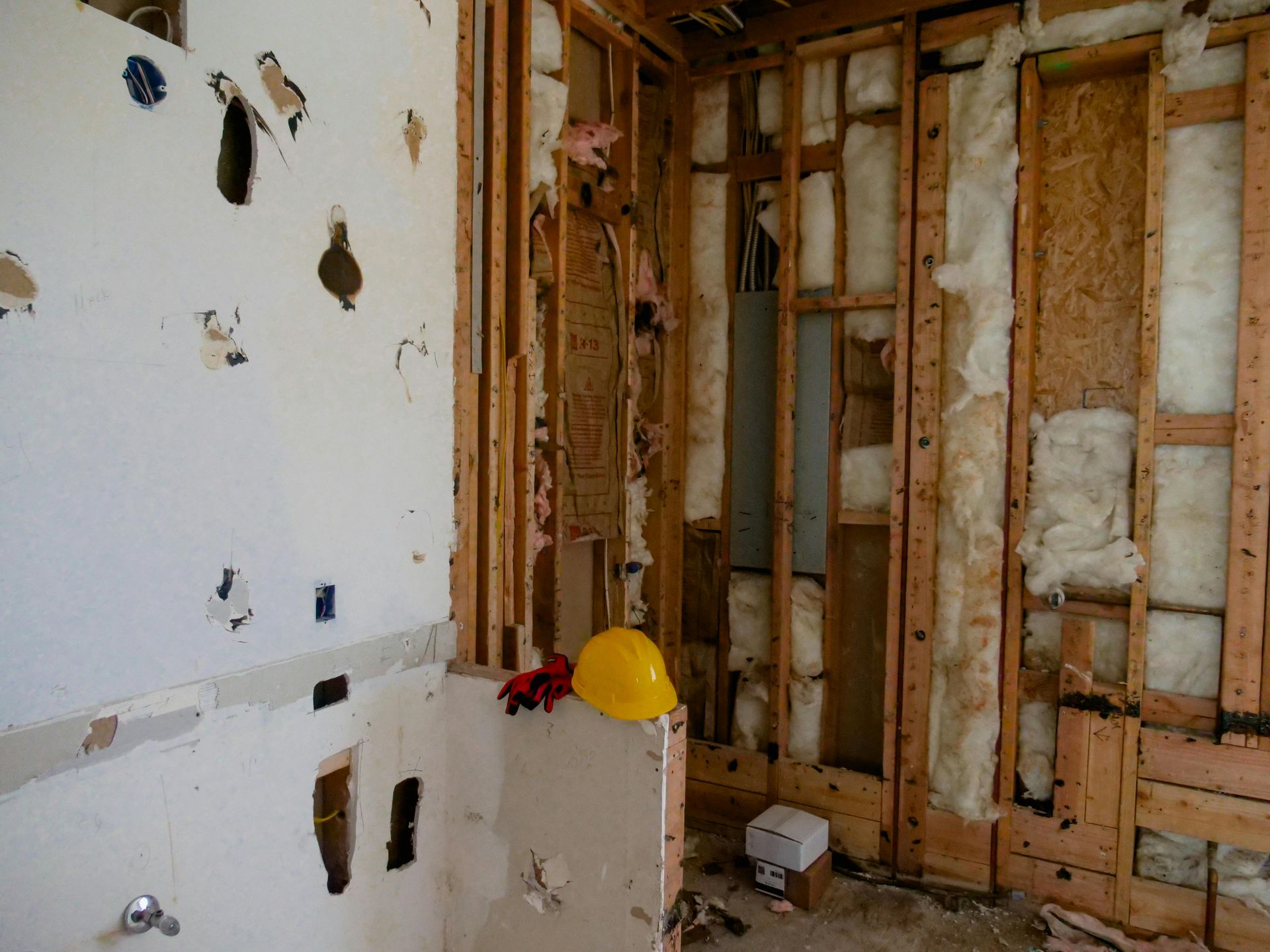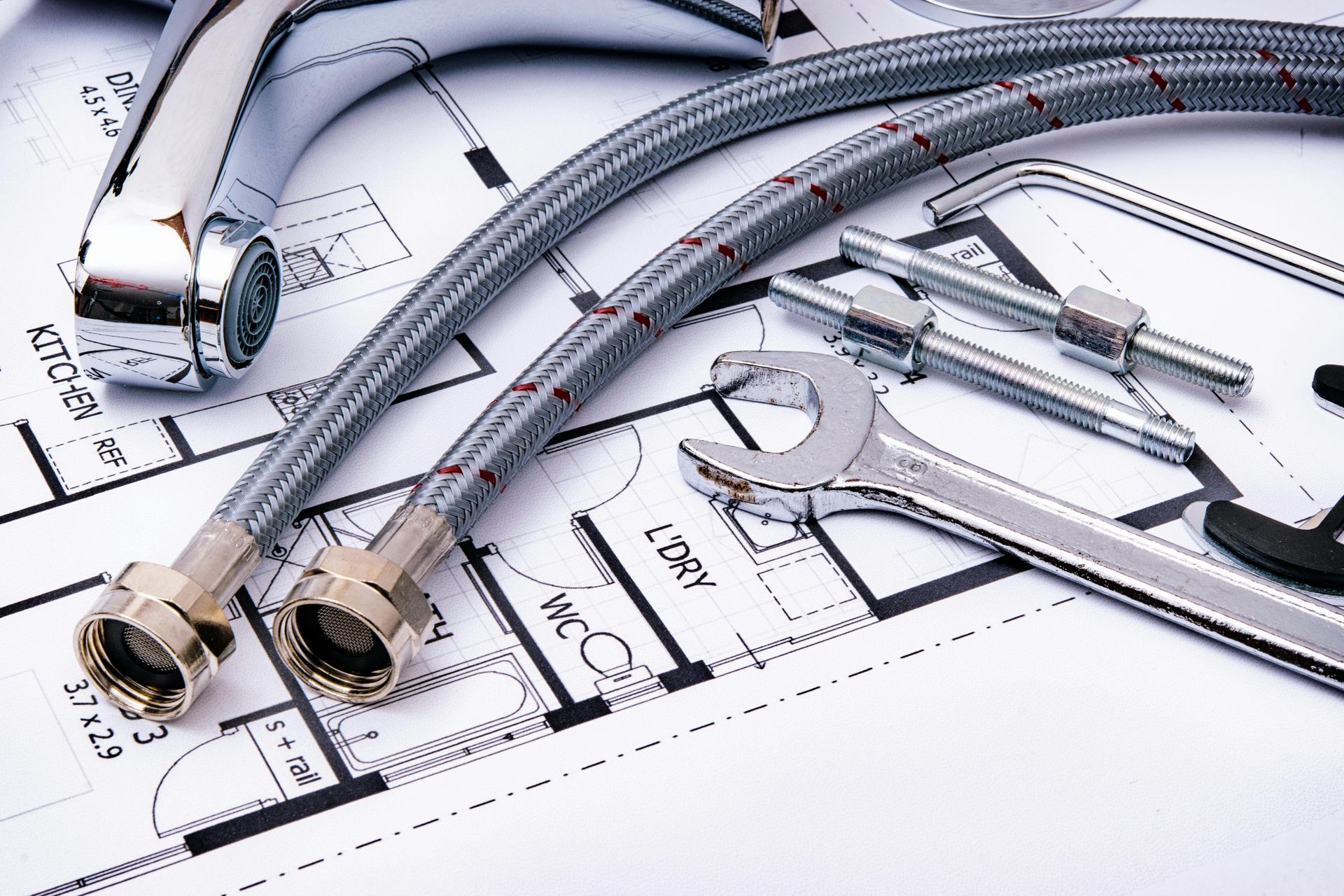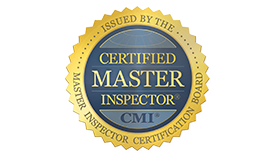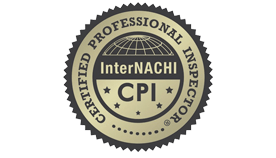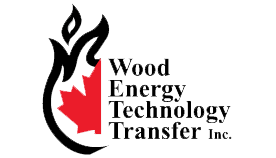Well and Septic Inspections
Understanding Well and Septic Inspections: A Guide
When buying a home, especially in rural or semi-rural areas, understanding the condition of well and septic systems is crucial. These systems are essential for providing safe drinking water and managing wastewater, yet they come with specific responsibilities and potential issues. As a home inspection company, and certified Home Inspectors, we emphasize the importance of well and septic inspections to ensure homeowners are fully informed about their property. In this blog post, we’ll dive into what these inspections involve, why they are important, and how you can prepare for them.
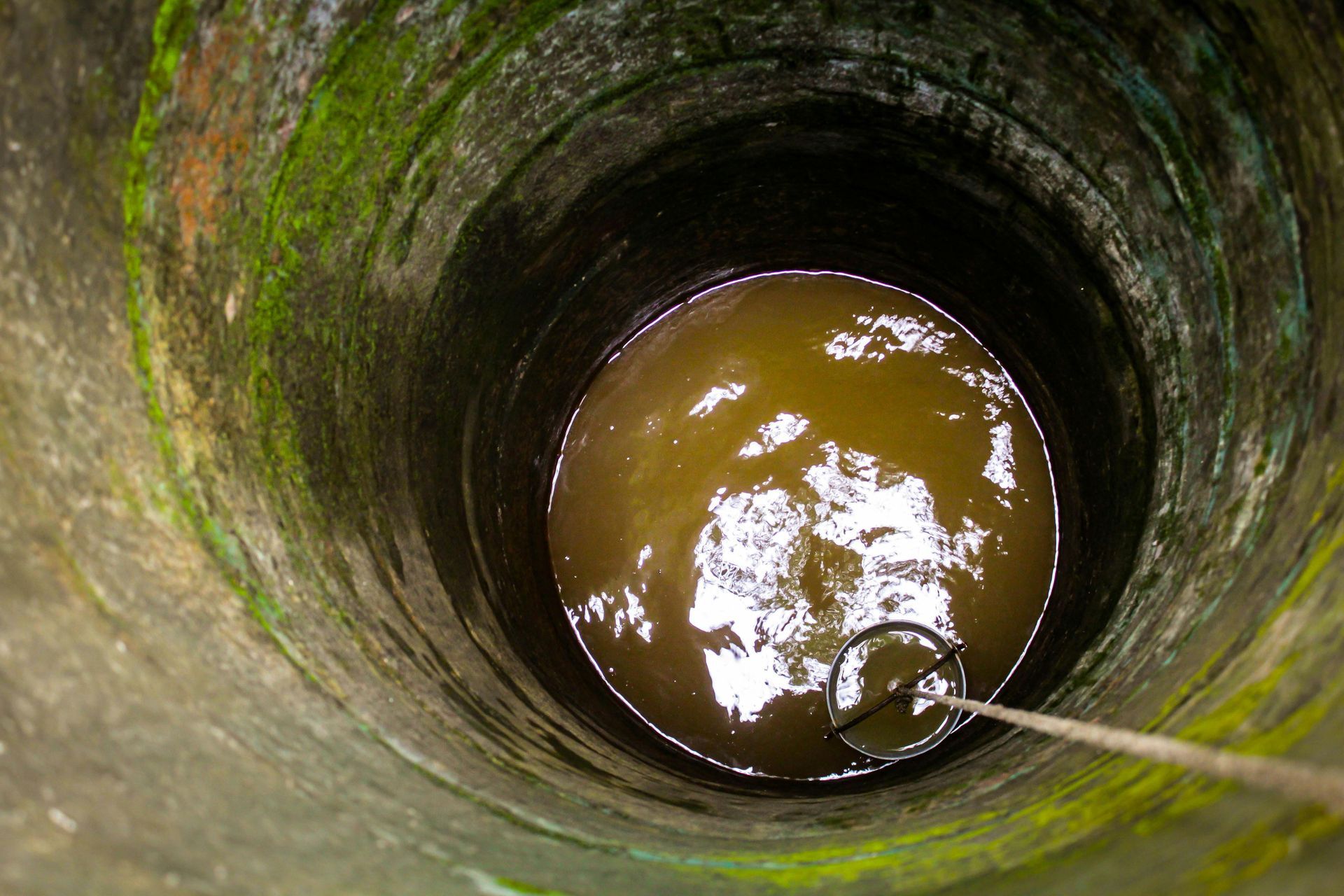
What is a Well Inspection?
A well inspection evaluates both the structural integrity of the well and the quality of the water it provides. The process typically includes the following key elements:
Visual Inspection
During the visual inspection, our certified inspectors will examine the wellhead and surrounding area for signs of contamination or structural issues. This includes checking for proper sealing, potential leaks, and any nearby sources of contamination, such as septic systems or agricultural runoff. A well that is not properly sealed can allow contaminants to enter, posing health risks.
Flow Rate Assessment
A flow rate assessment measures the well’s output to ensure it meets the needs of the household. If the flow rate is significantly low, it could indicate potential problems such as sediment buildup, a failing pump, or issues with the well itself. Knowing the flow rate helps homeowners understand whether the well can adequately support the water needs of the home.
Depth and Construction Review
We also assess the well’s depth and construction materials to ensure they comply with local regulations. A well that is too shallow or constructed with substandard materials may be more susceptible to contamination and mechanical failure.
What is a Septic Inspection?
A septic inspection examines the components of a septic system to ensure it functions correctly and safely. Here are the primary components of a septic inspection:
Tank Inspection: Examining the septic tank for structural integrity, proper baffles, and signs of sludge buildup. This may involve accessing the tank and measuring the sludge and scum levels.
Drain Field Assessment: Evaluating the condition of the leach field or drain field to ensure it's functioning properly. This may include checking for blockages or backup issues. Also, analyzing the surrounding soil to determine its suitability for septic drainage and absorption is another component that is examined.
Compliance Check: Ensuring that the system meets local regulations and environmental standards is an important part of the inspection. After the inspection, a detailed report is provided, highlighting any issues, necessary repairs, and recommendations for maintenance. This type of inspection is critical for ensuring that the septic system is functioning properly and safely.
A septic inspection is crucial for maintaining a healthy and functioning septic system, preventing costly repairs, and ensuring compliance with local regulations. If you're buying or selling a home with a septic system, it’s highly recommended to get a professional inspection done by a licensed Home Inspector.
Why Are Well and Septic Inspections Important?
Health and Safety
One of the most compelling reasons for conducting well and septic inspections is health and safety. Contaminated well water can lead to
serious illnesses, while a failing septic system can pose significant environmental hazards. Ensuring these systems are functioning correctly helps protect your family and the surrounding community.
Avoiding Expensive Repairs
Both well and septic systems can require costly repairs or replacements if issues are not identified early. Inspections can uncover problems before they escalate, allowing for timely repairs and preventing significant financial strain on your family. Many insurance companies require well and septic inspections as part of their underwriting process, and not having these inspections could complicate or delay the closing on your new home. Knowing that your water supply is safe and your waste management system is functioning properly provides peace of mind and this assurance can significantly enhance your overall homeownership experience.
How to Prepare for a Well or Septic Inspection

Access: Ensure that the inspector has easy access to the well, septic tank, and drain field. Clearing away debris or obstructions will facilitate a smoother inspection process and this includes the soil on the cap of the septic tank.
Documentation: Having any previous inspection reports, maintenance records, and permits readily available for the inspector can help them identify potential issues more quickly.
Water Usage: Using water from your well leading up to the inspection day can provide a more accurate representation of the system’s flow rate and functionality.
Ask Questions: Don’t hesitate to ask the inspector questions during the process. Understanding what they’re looking for and the results can help you make informed decisions.
Well and septic inspections are critical components of the home-buying process and ongoing property maintenance, especially in areas reliant on these systems. By understanding what these inspections entail and their importance, you can safeguard your investment and ensure a safe living environment for you and your family. If you’re considering a property with a well and septic system, don’t overlook the value of a thorough inspection. It could save you from unexpected challenges down the road. A Well or Septic Inspection is highly valuable and provides peace of mind!

